Ha Long Bay – Cat Ba Archipelago includes all stages of the marine submergence of tropical karst as well as 3 main types of caves (ancient marine frog-jaw caves, ancient karst caves, frog-jaw).
Along with 99 other locations in 53 countries around the world, Ha Long Bay - Cat Ba Archipelago has been recognized by the International Union of Geological Sciences (IUGS) as a World Geological Heritage.
The information was announced by Associate Professor, Dr. Tran Tan Van, former Director of the Institute of Geological Sciences and Mineral Resources ( Ministry of Natural Resources and Environment ) on August 25.
Associate Professor, Dr. Tran Tan Van is the person who participated in and chaired 2 World Heritage dossiers related to outstanding global geological values, and directly prepared the dossier to submit to the International Union of Geological Sciences to recognize Ha Long Bay - Cat Ba Archipelago as an International Geological Heritage.
The property is recognised for its outstanding universal value for its geological history and karst geomorphology (geomorphology of characteristic disintegration patterns often marked by underground cave drainage systems).
The International Union of Geological Sciences is expected to announce the list of 100 IUGS Geological Heritages at the 37th International Geological Congress (IGC) taking place from August 25-31, 2024 in Busan (Korea).
 |
Cat Ba archipelago in Cat Hai district (Hai Phong) consists of 367 large and small islands, shimmering in color with fine white sand beaches and clear, deep water that allows you to see the bottom. (Photo: VNA) |
Ha Long Bay – Cat Ba Archipelago encompasses all stages of the marine submergence of tropical karst as well as three main types of caves (ancient marine frog-jaw caves, ancient karst-floor caves and frog-jaw caves).
Ha Long Bay represents later stages of marine subduction. The Cat Ba Archipelago adds important geological values to the heritage through its patterns of terrestrial and intertidal stages.
In 1994, Ha Long Bay (Quang Ninh province) was recognized by the United Nations Educational, Scientific and Cultural Organization (UNESCO) as a World Natural Heritage with outstanding universal aesthetic value.
In 2000, Ha Long Bay was recognized by UNESCO as a World Natural Heritage for the second time with outstanding global value in geology and geomorphology.
On September 16, 2023, at the 45th Session of the World Natural Heritage Committee, the United Nations Educational, Scientific and Cultural Organization (UNESCO) recognized Ha Long Bay - Cat Ba Archipelago as the first inter-provincial-municipal World Natural Heritage in Vietnam.
Therefore, the recognition of Ha Long Bay - Cat Ba Archipelago as a World Geological Heritage by the International Union of Geological Sciences once again affirms the value of this Heritage.
According to Associate Professor, Dr. Tran Tan Van, Ha Long Bay - Cat Ba Archipelago is an excellent model of mature karst landscape in hot and humid tropical monsoon conditions and in the recent past was invaded and transformed by the sea and is currently still submerged in sea water.
Limestone in Ha Long Bay - Cat Ba Archipelago along with many other areas in Northern Vietnam such as: Ha Giang, Cao Bang, Lang Son, Bac Kan, Thai Nguyen, Quang Binh... was also formed in a shallow and warm marine environment, mainly during the period about 300 million years ago.
Ha Long Bay also has a diversity of topographical elements such as mountainous islands interspersed with deep sea bays, the contrast of coastal mangrove forests and limestone islands with vertical cliffs. This is the oldest type of topography still observed in Vietnam.
In the mainland and islands, the erosional terrain is manifested in the terrigenous hills, limestone mountains and islands, and in caves of different levels. At the bottom of the Bay, ancient river branches, remaining karst blocks and especially submerged karst fields are of interest.
In addition, with the diversity of formation processes and morphology of cave systems and rocky islands, Ha Long Bay has 2 types of caves: ancient caves and young caves. The formation process of the young cave system is related to the partial displacement of "cave slag" filling the ancient caves (such as Dong Tien Lake cave), while the continuous erosion of seawater on the ancient karst semi-plain terrain has created columnar limestone islands and other strangely shaped islands as today.
The appearance of the Ha Long Bay – Cat Ba Archipelago area and its unique and famous geological and geomorphological values today are the result of a regional tectonic movement that lasted more than 500 million years. That is also the reason why UNESCO has recognized Ha Long Bay as a world natural heritage three times.
Source: https://nhandan.vn/vinh-ha-long-quan-dao-cat-ba-duoc-cong-nhan-la-di-san-dia-chat-quoc-te-post826676.html


![[Photo] Hue: Inside the kitchen that donates thousands of meals a day to people in flooded areas](https://vphoto.vietnam.vn/thumb/1200x675/vietnam/resource/IMAGE/2025/10/29/1761738508516_bepcomhue-jpg.webp)


![[Photo] Human love in the flood in Hue](https://vphoto.vietnam.vn/thumb/1200x675/vietnam/resource/IMAGE/2025/10/29/1761740905727_4125427122470875256-2-jpg.webp)
![[Photo] Prime Minister Pham Minh Chinh chaired a meeting to evaluate the operation of the two-level local government model.](https://vphoto.vietnam.vn/thumb/1200x675/vietnam/resource/IMAGE/2025/10/29/1761751710674_dsc-7999-jpg.webp)
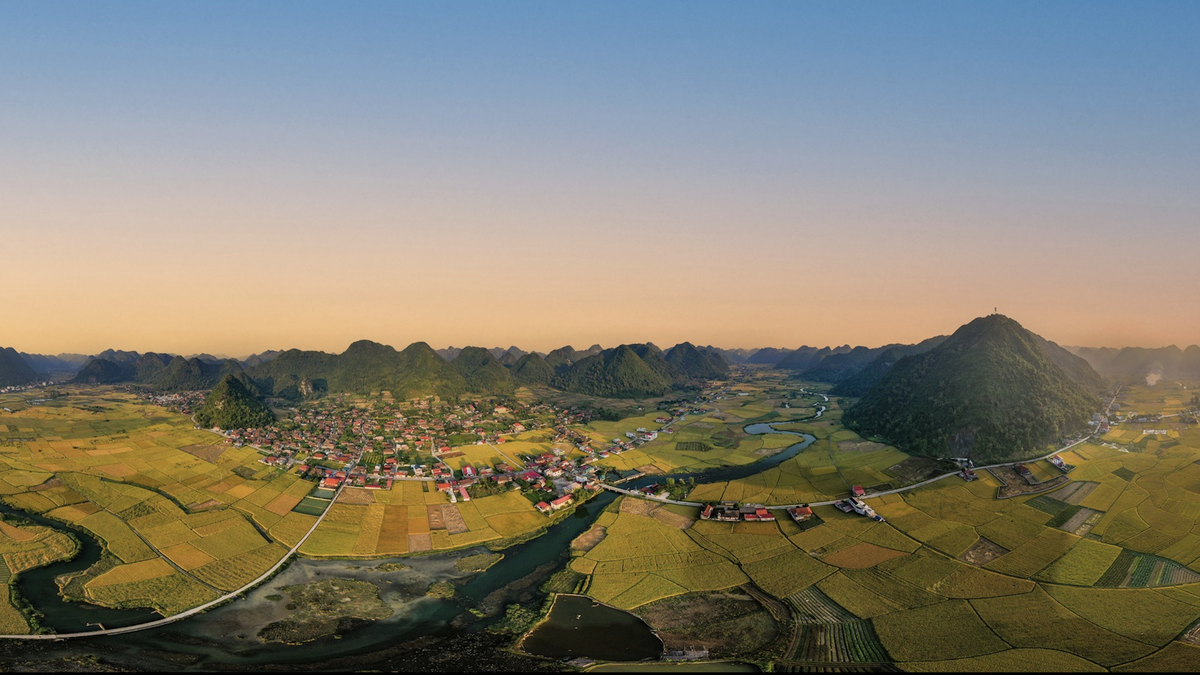


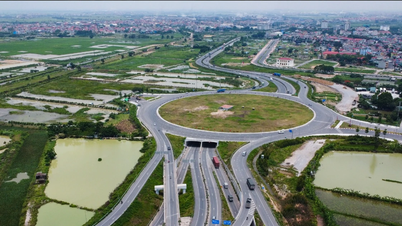
















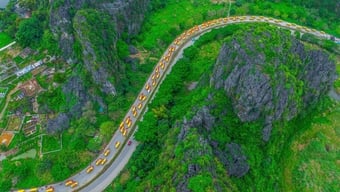
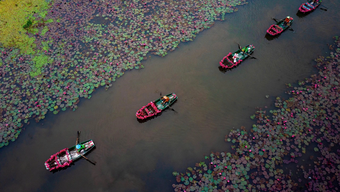




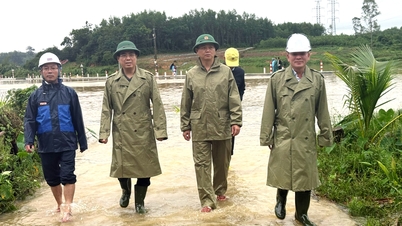



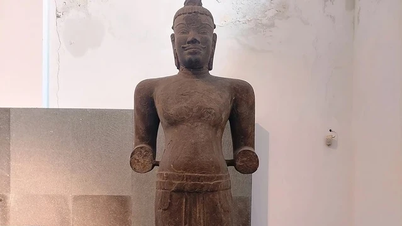
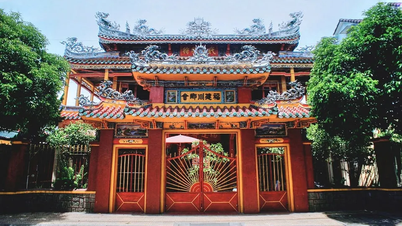







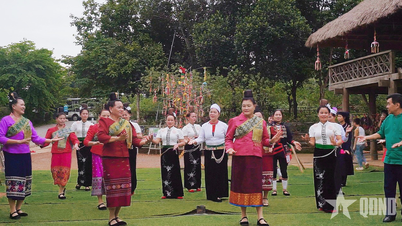



















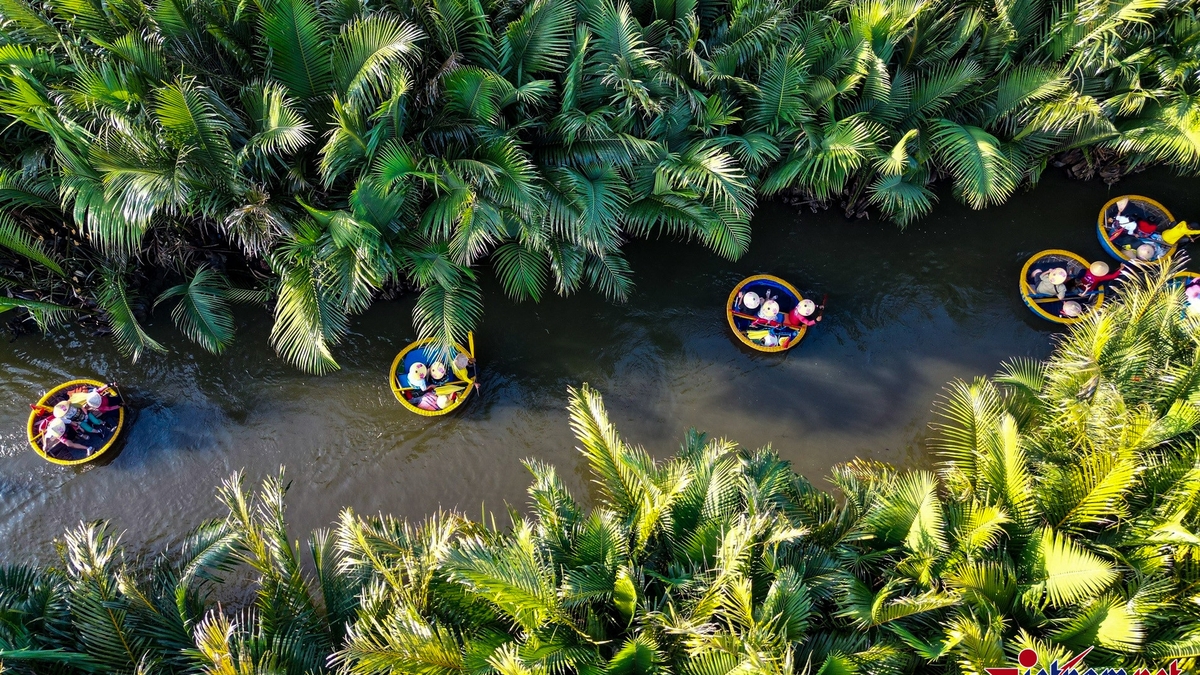


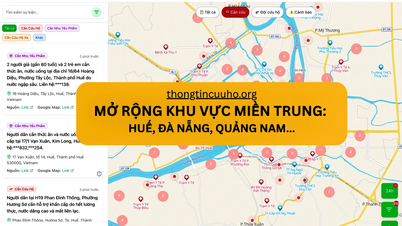






![[Live] Concert Ha Long 2025: "Heritage Spirit - Brightening the Future"](https://vphoto.vietnam.vn/thumb/402x226/vietnam/resource/IMAGE/2025/10/29/1761743605124_g-anh-sang-am-thanh-hoanh-trang-cua-chuong-trinh-mang-den-trai-nghiem-dang-nho-cho-du-khach-22450328-17617424836781829598445-93-0-733-1024-crop-1761742492749383512980.jpeg)






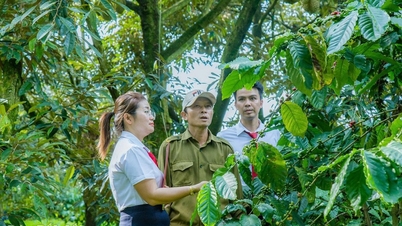



















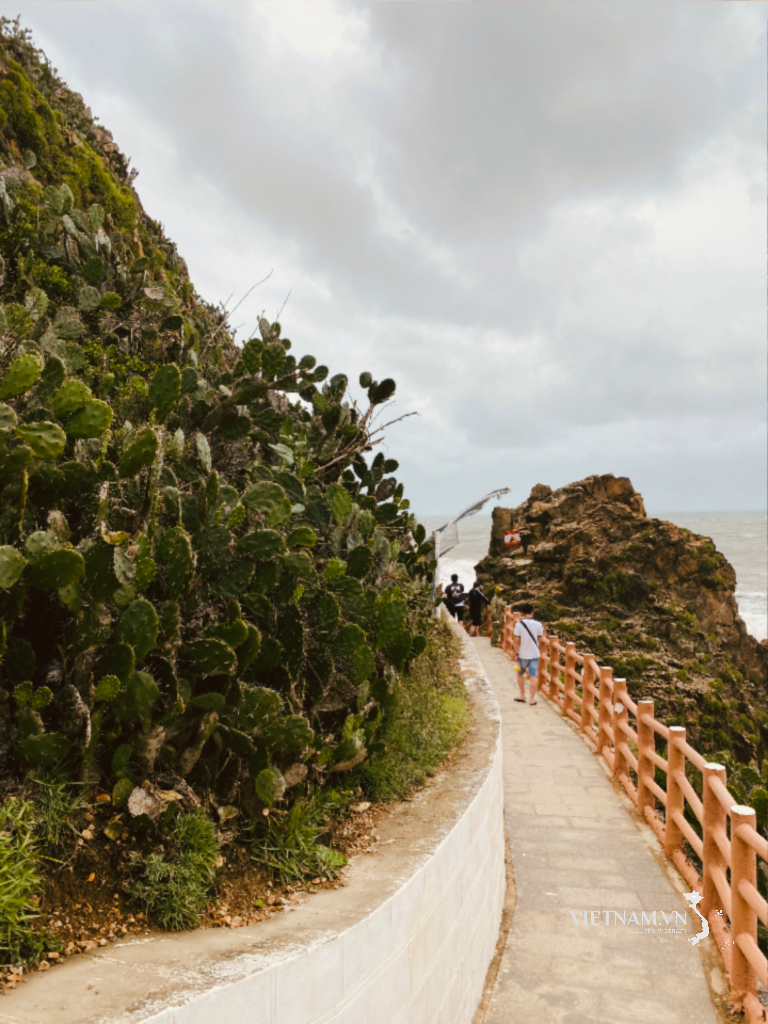
Comment (0)